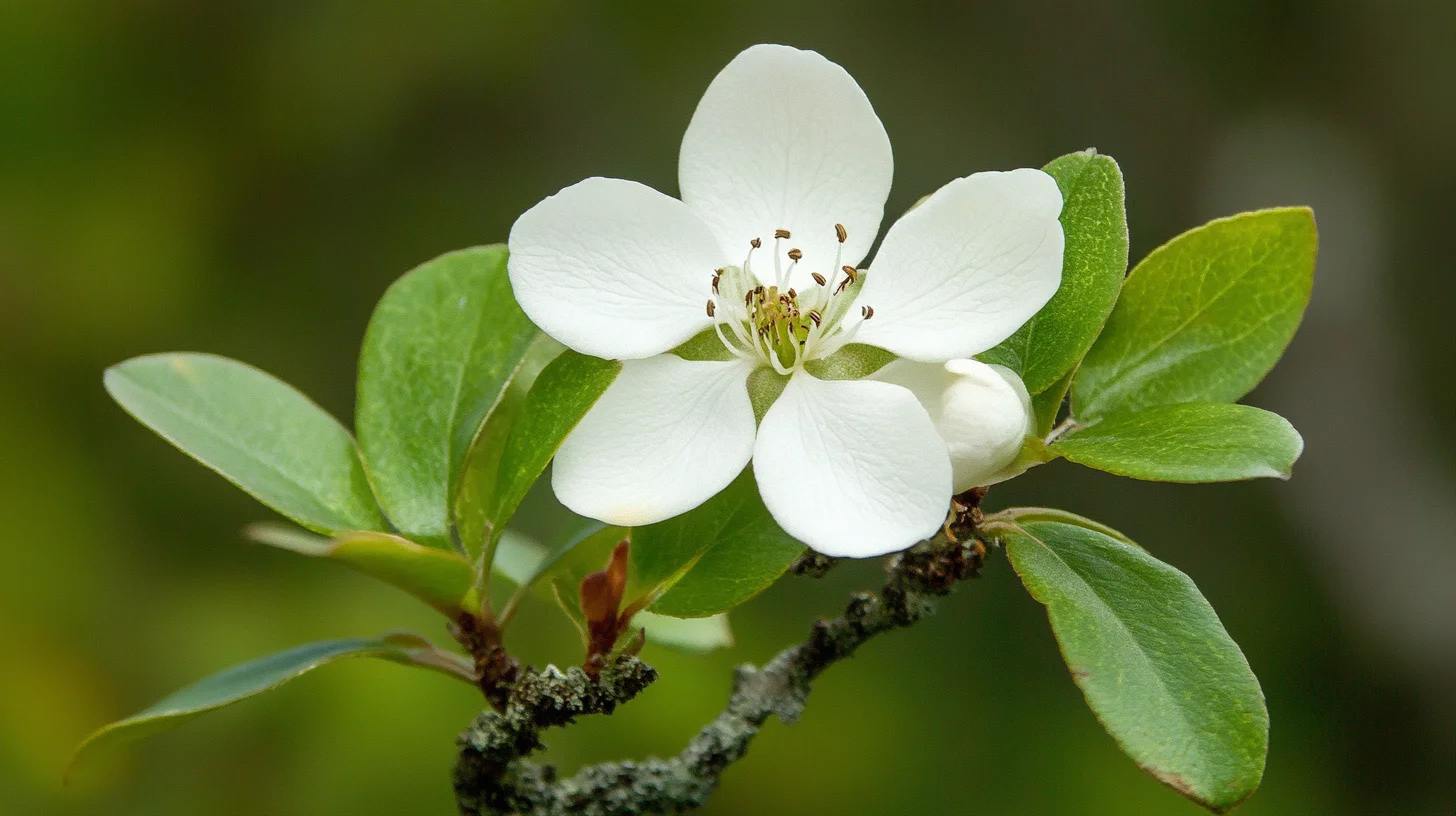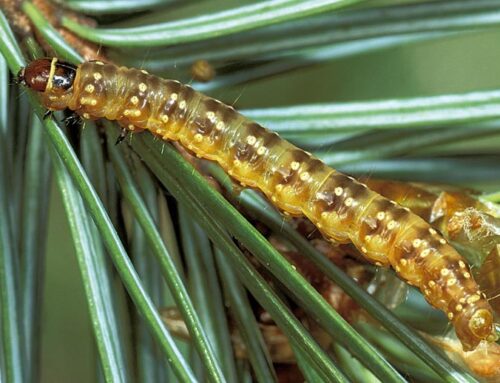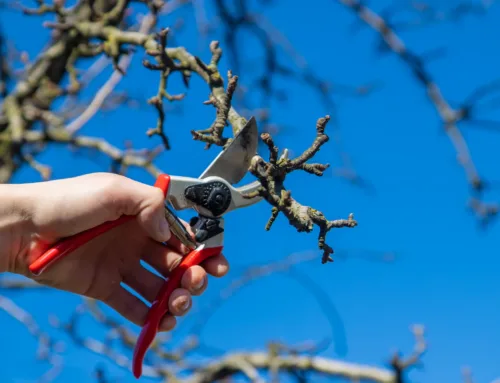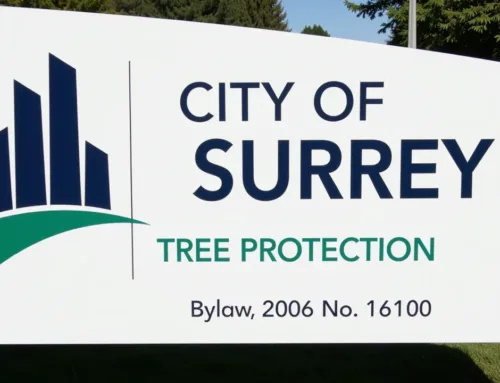White Rock Tree Protection Bylaw

White Rock Tree Protection
The City of White Rock’s Tree Protection Bylaw, 2021 No. 2407 outlines regulations to preserve trees on both private and public properties. These bylaws aim to protect the city’s green spaces while ensuring proper tree care and sustainable development practices. Below is a breakdown of the key points you need to know. Note: This guide provides general insights, and it’s advised to consult the City of Surrey directly for specific requirements.
What is the Purpose of the Bylaw?
The bylaw is designed to:
- Protect trees on private and City-owned properties.
- Regulate and prohibit tree removal without proper permits.
- Prevent damage to protected trees.
- Require replacement for removed trees and promote ecological balance.
These measures ensure that trees continue to provide vital environmental benefits, such as reducing the urban heat island effect, supporting wildlife habitats, and mitigating stormwater runoff.
What is a Protected Tree?
Protected trees in White Rock include:
- Trees with a Diameter at Breast Height (DBH) of 20 cm or more.
- Replacement trees planted as a condition of a permit.
- Certain native species, such as Arbutus (Arbutus menziesii), Garry Oak (Quercus garryana), or Pacific Dogwood (Cornus nuttallii), regardless of size.
- Trees with evidence of nesting or use by raptors, as protected under the Wildlife Act.
- Trees located on City-owned properties

When Do You Need a Permit?
A Tree Management Permit is required for:
- Removing, cutting, or damaging a protected tree.
- Pruning roots within the Critical Root Zone of a protected tree.
- Conducting demolition or construction near protected trees.
Permits are categorized as follows:
- Type 1: For removing dead, dying, or hazardous trees.
- Type 2: For unwanted trees causing property damage or obstructing views.
- Type 3: For trees impacted by demolition or building activities.
What are the Permit Requirements?
Depending on the type of permit, you may need to provide:
- A completed application form.
- An arborist report (with photos and tree assessment details).
- A legal survey showing tree locations.
- A tree replacement plan.
- Security deposits for tree protection and replacement.
Applications must include sufficient documentation, and site inspections are typically required before permits are approved.
Tree Replacement Requirements
If a tree is removed, replacement is mandatory:
- Trees under 50 cm DBH require two replacement trees.
- Larger trees (e.g., 76–85 cm DBH) may require up to six replacements.
- Replacement trees must meet specific size and species requirements, such as a minimum caliper of 6 cm for deciduous trees or a height of 3 meters for conifers.
In cases where replacement planting is impractical, cash-in-lieu payments are accepted. These funds are used for tree planting and maintenance on City-owned properties.
Tree Protection During Construction
Construction near protected trees requires additional measures:
- Install Tree Protection Barriers around the Critical Root Zone before starting work.
- Barriers must remain in place throughout demolition and construction.
- Activities like grading, excavation, or storing materials within the Tree Protection Zone are prohibited.
An arborist must supervise any permitted activities within the Tree Protection Zone.
Penalties for Non-Compliance
Violating the Tree Protection Bylaw can result in:
- Fines of up to $10,000 per offense.
- Additional replacement tree requirements.
- Confiscation of security deposits.
Each tree cut or damaged without proper authorization is considered a separate offense.
How to Apply for a Permit
Applications can be submitted to the City of White Rock Planning and Development Services department. Ensure your application is complete, as incomplete submissions may delay processing. Consulting a certified arborist can help streamline the process.
What is a Tree Protection Bylaw?
A Tree Protection Bylaw regulates the preservation and removal of trees on both private and public lands. These regulations ensure that trees, particularly mature and ecologically significant ones, are not removed unnecessarily. In White Rock, the Tree Protection Bylaw, 2021 No. 2407 requires permits for removing or damaging trees with a Diameter at Breast Height (DBH) of 20 cm or more, as well as replacement planting or cash-in-lieu payments for removed trees. Such measures are vital in urban areas to maintain environmental stability, preserve aesthetics, and promote sustainable development.
Why Does Tree Protection Matter?
Tree protection is vital for both ecological and social reasons, offering numerous benefits to the community and environment:
Environmental Benefits
- Combating Urban Heat: Trees reduce the heat island effect by providing shade and cooling.
- Soil Stability: Tree root systems prevent soil erosion and stabilize slopes.
- Wildlife Habitat: Trees are crucial habitats for birds and other wildlife.
- Carbon Sequestration: Trees absorb carbon dioxide, mitigating climate change.
Community Benefits
- Increased Property Value: Mature trees add aesthetic value and shade to neighborhoods.
- Improved Air Quality: Trees filter pollutants, improving the quality of urban air.
- Natural Beauty: Preserved tree canopies enhance the city’s overall charm and livability.
By enforcing these regulations, White Rock ensures its green spaces are protected, contributing to the city’s sustainability and resilience against environmental challenges.
How Do Tree Protection Bylaws Vary?
While the goals of tree protection bylaws are similar across municipalities, their specific regulations can vary. In White Rock:
- Protected Trees: Trees with a DBH of 20 cm or greater, certain native species, and those with wildlife nests are safeguarded.
- Replacement Requirements: Replacement obligations increase with tree size; for instance, a tree over 85 cm DBH requires six replacement trees.
- Permit Applications: Detailed documentation, including arborist reports, legal surveys, and replacement plans, is mandatory for approval.
These requirements differ from those in other cities like Surrey, where the threshold for protection begins at 30 cm DBH. Some cities may also prioritize specific species or impose varying replacement fees.
Conclusion: Preserving White Rock’s Natural Legacy
The Tree Protection Bylaw, 2021 No. 2407, is essential in safeguarding White Rock’s ecological health and natural beauty. By regulating tree removal and mandating replacement planting, the bylaw promotes a sustainable urban environment while preserving the city’s charm.
If you’re planning property changes involving trees in White Rock, ensure compliance with the bylaw by consulting the municipality or a certified arborist. Protecting White Rock’s trees benefits not only the environment but also the community, fostering a healthier, greener, and more sustainable future.
.


